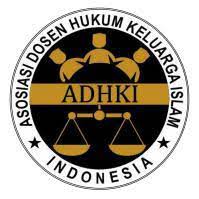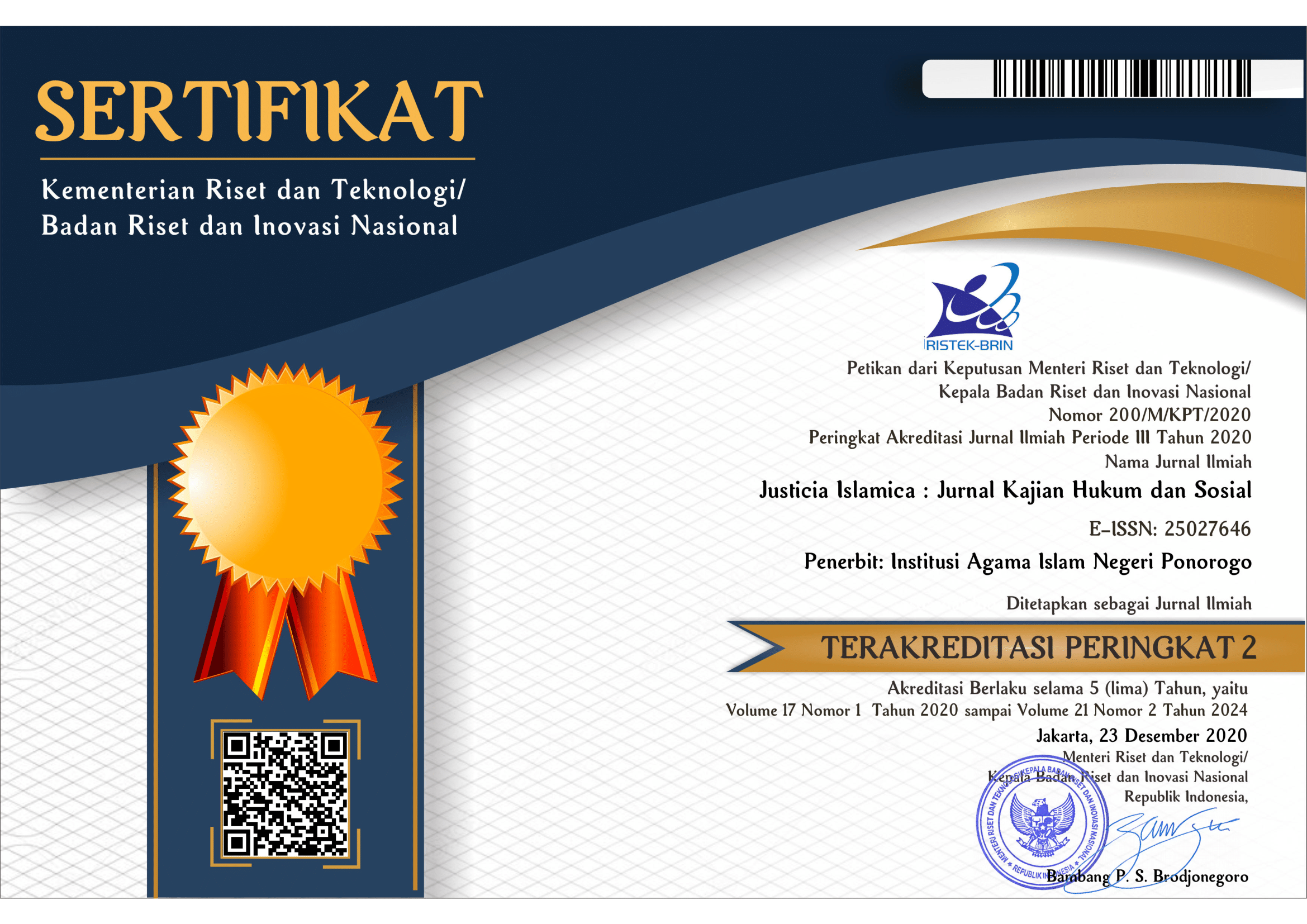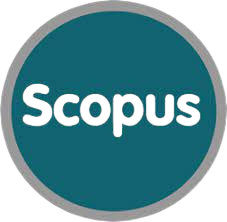A Discourse of MABIMS New Criteria: Reading Difference Frequency Between Wujud al-Hilal and Imkan ar-Rukyat
DOI:
https://doi.org/10.21154/justicia.v19i1.3394Keywords:
New Month of Hijri Calendar, Wujud al-Hilal, Imkan ar-Rukyat, New CriterionAbstract
In determining the beginning of the month of the Hijri calendar, the Indonesian government has used the criterion of crescent visibility (Imkan ar-Rukyat) adopted from the MABIMS agreement. This criterion has three conditions. Namely, the crescent should be at least at 20; the elongation is minimum at 30; the age of the crescent must be more than eight hours after conjunction. In August 2016, MABIMS made a great deal to revise this criterion. The new criterion has two conditions. Namely, the crescent should be at least 30, and the elongation is minimum at 6,40. This new criterion is planned to apply in Indonesia for the next few years and is wished to be accepted by all communities. The emergence of this new criterion leads to two main questions. First, how many frequencies of differences between this new criterion compared to the Wujud al-Hilal criterion, and the second is how if this new criterion is applied in Indonesia. This research used the elevation of the crescent to determine the frequency of differences between the new criterion compared to the Wujud al-Hilal criterion. It then analyzed it based on the former and the new criterion of the Imkan ar-Rukyat and the Wujud al-Hilal. The result shows significant differences between the new and Wujud al-Hilal criterion. If this new criterion is used in Indonesia, the togetherness of the beginning of the month of the Hijri calendar will decrease.
Dalam menentukan awal bulan hijriyah, pemerintah Indonesia telah lama menggunakan kriteria Imkan ar-Rukyat yang diadopsi dari MABIMS yaitu syarat minimal tinggi hilal 20, sudut elongasi minimal 30, dan umur hilal minimal 8 jam setelah ijtimak. Pada bulan Agustus 2016 MABIMS telah menyepakati kriteria tersebut untuk direvisi dengan kriteria yang baru yaitu syarat awal bulan adalah tinggi hilal minimal 30, dan elongasi minimal 6,40. Kriteria yang baru ini rencananya akan diberlakukan di Indonesia dan diharapkan dapat diterima oleh semua pihak. Dengan adanya kriteria baru ini, ada dua rumusan masalah yang ingin diteliti lebih lanjut yaitu yang pertama adalah bagaimana frekuensi perbedaan kriteria baru ini dengan kriteria Wujud al-Hilal, dan yang kedua adalah bagaimana kriteria baru ini jika diterapkan di Indonesia. Untuk mengetahui frekuensi perbedaan kriteria baru ini dengan kriteria Wujud al-Hilal, penelitian ini menganalisisnya berdasarkan data timggi hilal dengan menggunakan acuan tiga kriteria yaitu Wujud al-Hilal, Imkan ar-Rukyat MABIMS yang lama, dan Imkan ar-Rukyat MABIMS yang baru. Dari hasil penelitian menunjukkan bahwa frekuensi perbedaan kriteria Imkan ar-Rukyat yang baru dengan kriteria Wujud al-Hilal semakin banyak. Selanjutnya jika kriteria Imkan ar-Rukyat MABIMS yang baru ini diterapkan di Indonesia, maka potensi kebersamaan dalam awal bulan hijriyah di Indonesia akan semakin berkurang.
References
Angkat, Arbisora. “Kalender Hijriah Global Dalam Perspektif Fikih.” Al-Marshad: Jurnal Astronomi Islam Dan Ilmu-Ilmu Berkaitan 3, no. 2 (December 30, 2017). https://doi.org/10.30596/jam.v3i2.1524.
Anwar, Syamsul, Hari Raya dan Problematika Hisab-Rukyat. Yogyakarta: Suara Muhammadiyah, 2008.
Azhari, Susiknan. Ensiklopedi Hisab Rukyat. Yogyakarta: Pustaka Pelajar, 2008.
______. “Penyatuan Kalender Islam: Mendialogkan Wujûd al-Hilâl Dan Visibilitas Hilal.” AHKAM: Jurnal Ilmu Syariah 13, no. 2 (August 7, 2013). https://journal.uinjkt.ac.id/index.php/ahkam/article/view/931.
Butar-Butar, Arwin Juli Rakhmadi. Problems of Determining the Beginning of the Month: Discourse between Hisab and Rukyat. Malang: Madani, 2014.
Djamaluddin, Thomas, Menggagas Fiqh Astronomi: Telaah Hisab Rukyat dan Pencarian Solusi Perbedaan Hari Raya, Bandung: Kaki Langit, 2005.
Djamaluddin, Thomas. “Kongres Kesatuan Kalender Hijri Internasional Di Turki 2016: Kalender Tunggal.” Accessed June 8, 2022. https://tdjamaluddin.wordpress.com/2016/06/02/kongres-kesatuan-kalender-hijri-internasional-di-turki-2016-kalender-tunggal/.
Djamuluddin, Thomas. “Menuju Kriteria Baru MABIMS Berbasis Astronomi .” Accessed June 8, 2022. https://tdjamaluddin.wordpress.com/2016/10/05/menuju-kriteria-baru-mabims-berbasis-astronomi/.
Djamuluddin, Thomas. “Penyatuan Kalender Islam.” Accessed June 8, 2022. https://tdjamaluddin.wordpress.com/2017/05/29/penyatuan-kalender-Islam/.
Fadholi, Ahmad. “Pandangan Ormas Islam Terhadap Draf Kriteria Baru Penentuan Kalender Hijriah Di Indonesia.” Istinbath 17, no. 1 (June 29, 2018): 198”“220. https://doi.org/10.20414/ijhi.v17i1.41.
______. “Akseptabilitas Draf Kriteria Baru Penentuan Kalender Hijriah Menurut Ahli Falak Di Indonesia.” Edugama: Jurnal Kependidikan Dan Sosial Keagamaan 5, no. 1 (July 1, 2019): 101”“14. https://doi.org/10.32923/edugama.v5i1.961.
Fuscha, Fika Afhamul. “Verification of The Hisab Ephemeris System Against The Hijri Calendar Leap Year Pattern With Criteria Imkan Al-Rukyah Mabims (Case Study in Kudus District).” Al-Hilal: Journal of Islamic Astronomy 3, no. 1 (May 19, 2021): 107”“28.
Hosen, Hosen. “Kilas Balik Kalender Hijriyah Indonesia Perjalanan Menuju Penyatuan Kalender Nasional.” Islamuna: Jurnal Studi Islam 4, no. 1 (July 1, 2017): 81”“111. https://doi.org/10.19105/islamuna.v4i1.1352.
Izzuddin, Ahmad. Fiqih Hisab Rukyat; Menyatukan NU Dan Muhammadiyah Dalam Penentuan Awal Ramadan, Idul Fitri, Dan Idul Adha. Jakarta: Erlangga, 2007.
Junaidi, Ahmad. “Wujud Al-Hilal Antara Teori Dan Aplikasi.” Justicia Islamica 10, no. 2 (December 1, 2013). https://doi.org/10.21154/justicia.v10i2.149.
Khazin, Muhyiddin, Kamus Ilmu Falak, Yogyakarta: Buana Pustaka, 2005.
Kurniawan, Taufiqurrahman. “Penyatuan Kalender Islam.” YUDISIA : Jurnal Pemikiran Hukum Dan Hukum Islam 5, no. 2 (January 20, 2016). https://doi.org/10.21043/yudisia.v5i2.711.
“MABIMS - Pengenalan.” Accessed June 8, 2022. http://www.mabims.gov.bn/SitePages/Pengenalan.aspx.
Marpaung, Watni. “Hisab Imkan Rukyat An Effort Unification In Determining of The Beginning of Months of Qamariah.” MIQOT: Jurnal Ilmu-Ilmu Keislaman 39, no. 2 (December 9, 2015). https://doi.org/10.30821/miqot.v39i2.70.
Maskufa. “Global Hijriyah Calendar As Challenges Fikih Astronomy,” 188”“92. Atlantis Press, 2017. https://doi.org/10.2991/iclj-17.2018.39.
Masroeri, Ahmad Ghazalie. “Lembaga Falakiyah PBNU.” Accessed June 8, 2022. http://falakiyah.nu.or.id/PedomanRukyatNU.aspx.
Mufid, Abdul. “Unifikasi Kalender Hijriah Internasional Dalam Perspektif Yusuf Al-Qaradawi.” HIKMATUNA 5, no. 1 (June 26, 2019): 71”“83. https://doi.org/10.28918/hikmatuna.v5i1.1856.
Nursodik, Nursodik. “Kajian Kriteria Hisab Global Turki Dan Usulan Kriteria Baru MABIMS Dengan Menggunakan Algoritma Jean Meeus.” Al-Ahkam 28, no. 1 (April 10, 2018): 119”“40. https://doi.org/10.21580/AHKAM.2018.18.1.2353.
Sado, Arino Bemi. “Imkan Al-Rukyat Mabims Solusi Penyeragaman Kelender Hijriyah.” Istinbath 12, no. 2 (2014): 22”“36.
Saksono, Tono. “Kalender Islam Global: Perspektif Syariah, Ekonomi, dan Politik.” JURIS (Jurnal Ilmiah Syariah) 15, no. 2 (March 18, 2017): 143”“52. https://doi.org/10.31958/juris.v15i2.495.
Sopwan, Novi, and Abu Dzarrin Al-Hamidy. “Implikasi Kriteria Visibilitas Hilal Rekomendasi Jakarta 2017 Terhadap Penanggalan Hijriah Di Indonesia.” Azimuth: Journal of Islamic Astronomy 1, no. 1 (January 30, 2020): 52”“73.
Syakir NF, Muhammad. “Ketika NU Dan Pemerintah Berbeda Dalam Penentuan Awal Hijriah.” Accessed June 8, 2022. https://www.nu.or.id/fragmen/ketika-nu-dan-pemerintah-berbeda-dalam-penentuan-awal-hijriah-7seId.
Team, PP Muhammadiyah Majlis Tarjih and Tajdid. Muhammadiyah Hisab Guidelines. Yogyakarta: PP Muhammadiyah Majlis Tarjih and Tajdid, 2009.
Wahidi, Ahmad. “Menyatukan Penetapan 1 Ramadlan, Syawal Dan Dzulhijjah Di Indonesia.” Jurisdictie: Jurnal Hukum Dan Syariah 2, no. 2 (2011): 85”“91. https://doi.org/10.18860/j.v0i0.2162.
Wahidi, Ahmad, Noer Yasin, Abdul Kadir, Abd Rouf, and Saiful Haq. “Implementation of the Mabims Criteria in Determining the Beginning of Islamic Month in Indonesia and Brunei Darussalam,” 96”“108. Atlantis Press, 2021. https://doi.org/10.2991/assehr.k.210421.016.
Downloads
Published
Issue
Section
License
Requirements to be met by the author as follows:
- Author storing copyright and grant the journal right of first publication manuscripts simultaneously with licensed under the CC BY-SA allows others to share the work with a statement of the work's authorship and initial publication in this journal.
Authors can enter into the preparation of additional contractual separately for the non-exclusive distribution of a decadent version of the journal issue (e.g., post it to an institutional repository or publish it in a book), with the recognition of initial publication in this journal.
Authors are allowed and encouraged to post their work online (e.g., in institutional repositories or on their website) before and during the submission process because it can lead to productive exchanges and citations earlier and more severe than published works. (see The Effect of Open Access).
This work is licensed under CC BY-SA.


















